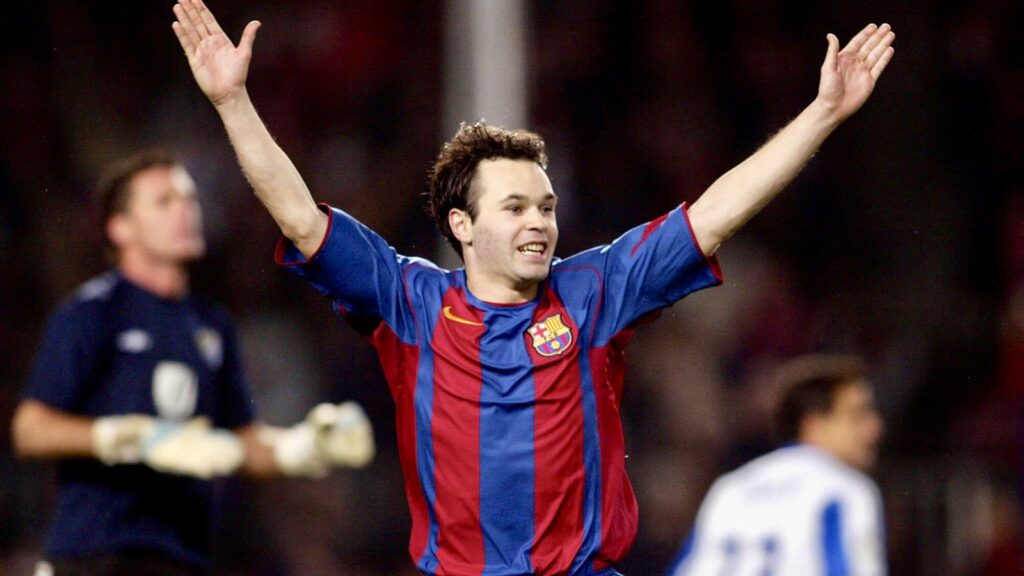Scouting remains one of the most crucial technical aspects of contemporary football. Mostly, clubs identify talents at a tender age and nurture them into professionals. But what do they in reality look for in young footballers? It is not just purely skill; rather, it is a combination of physical, mental, technical, and behavioral traits. The main qualities scouts look at and their variation per position are discussed herein. Examples from reputable academies also demonstrate how some of the greatest clubs identify and nurture the stars of tomorrow.
1. Technical Ability
The very first thing a scout may seem to notice is how at-ease a player might be with the ball. These technical skills are the foundation of functional football. The scouts observe how a player can control the ball, his first touch, dribbling, passing-short and long-and shooting technique, if any.
For example:
- Wingers and Attacking midfielders should showcase good dribbling, fast feet, and working ability in tight areas.
- Defenders stand judged for the timing of their tackles, their capacity to remain composed under pressure, and whether they can clear or pass out from the back.
- Strikers tend to be judged mainly as a means of whether they can finish, their heading technique, and the ability to create or convert chances.
At FC Barcelona’s La Masia Academy, young players go through drills focused on ball control and quick passing in tight areas. The club emphasizes the “rondo” drill – a small-sided possession game – to improve players’ technique and awareness.
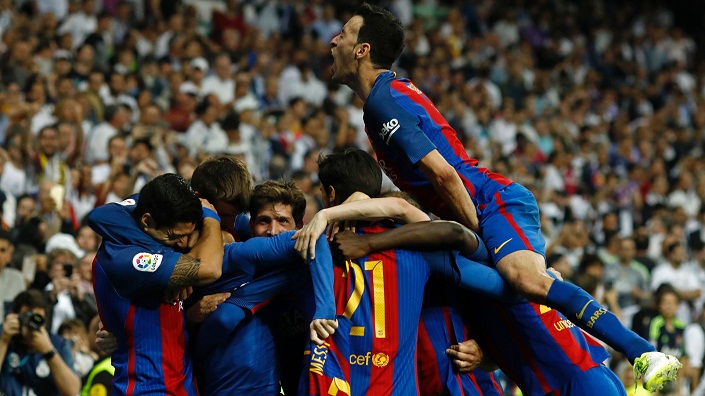
2. Football Intelligence and Decision-Making
Technical ability alone is not enough. Scouts look for how players apply their skills in real-game scenarios. This is known as football intelligence or “game IQ.”
Scouts watch for:
- Movement off the ball
- Awareness of space and positioning
- Ability to make quick and correct decisions under pressure
- Tactical understanding, like when to press or hold position
For example, at Ajax Academy, coaches place heavy importance on reading the game. Young midfielders are trained to scan the pitch constantly and play the right pass at the right moment. The ability to think one step ahead sets apart great players from good ones.
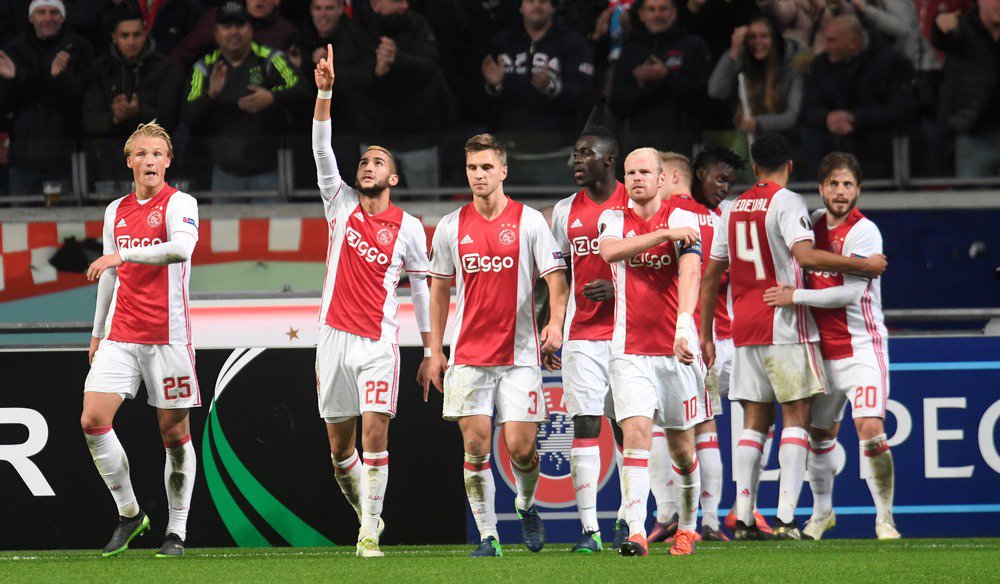
3. Physical Attributes
While physical traits can be developed over time, scouts still look at a player’s:
- Speed and acceleration
- Balance and coordination
- Strength and stamina
- Agility and reaction time
These traits are especially important in roles like full-back (requiring stamina and pace), center-back (requiring height and strength), or striker (requiring burst speed and agility).
At Southampton’s Academy, players are routinely tested for sprint times, agility drills, and endurance capacity. Scouts aren’t necessarily looking for fully developed bodies in youth but signs of athletic potential.
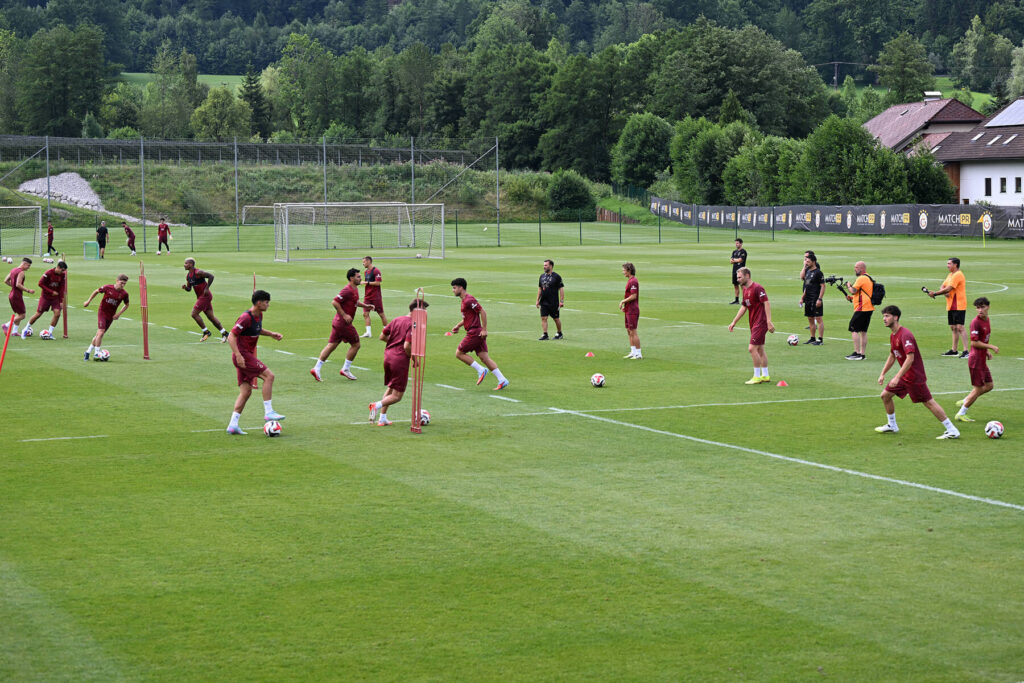
4. Position-Specific Traits
Scouting is tailored to the position a player excels in. Below is a breakdown of what scouts focus on by role:
Goalkeepers:
- Reflexes and shot-stopping
- Command of area and confidence during set-pieces
- Distribution and footwork
- Communication with the backline
Defenders (Center-backs & Full-backs):
- Tackling and interception timing
- Positioning and composure
- Heading ability
- Confidence in passing out from the back
Midfielders:
- Vision and passing range
- Ball control under pressure
- Ability to dictate tempo
- Defensive work rate and pressing
Forwards:
- Finishing variety and composure
- Intelligent runs and positioning
- Physicality to hold up play
- Creativity and link-up play
At Clairefontaine Academy in France, players are often rotated through multiple positions until their mid-teens to help develop all-round understanding before being assigned a specialized role.
5. Mentality and Attitude
One of the most underrated yet crucial elements scouts assess is a player’s attitude and mindset. A player’s talent might be obvious, but their willingness to work, learn, and improve is what determines long-term success.
Scouts and coaches look for:
- Strong work ethic and determination
- Willingness to take feedback and improve
- Mental toughness and handling pressure
- Humility and discipline
Many top players—like Cristiano Ronaldo—were recognized early not just for skill but for an extraordinary drive to improve. At Manchester United’s Academy, coaches often say, “Talent gets you in the door, but attitude keeps you there.”
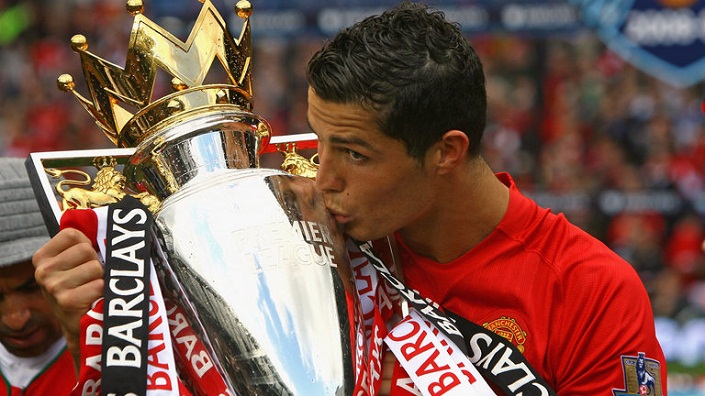
6. Consistency and Focus
Young players can have flashes of brilliance, but scouts want to see if they can maintain performance levels across matches and over time. This means staying mentally focused, showing discipline, and not fading out of games.
Scouts will observe:
- How a player reacts to setbacks (like a mistake or missed chance)
- If they can influence games over 90 minutes
- How consistently they perform in different conditions (away games, tough opponents, etc.)
At Sporting Lisbon’s Academy, players undergo regular match analysis sessions to build consistency. Coaches want them to recognize their highs and lows and develop routines to stay sharp.
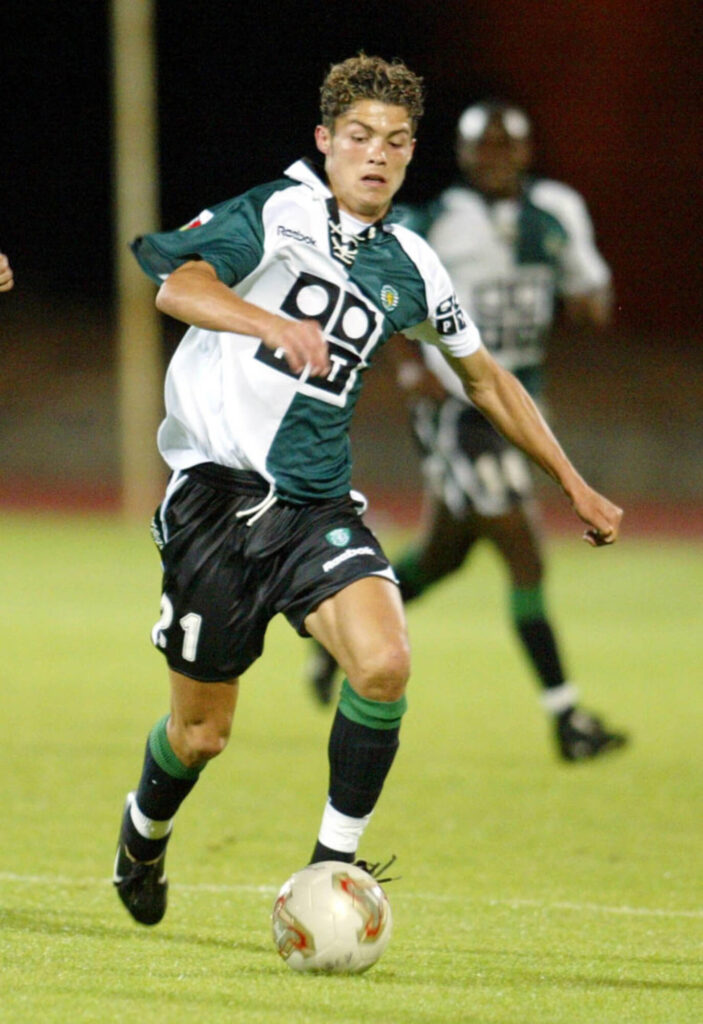
7. Coachability and Team Spirit
Scouts often consult coaches or staff for a player’s behavior off the ball and off the pitch. Traits like leadership, communication, and willingness to listen are valued highly.
Being coachable means:
- Listening to instructions and adapting quickly
- Being respectful to teammates and staff
- Showing positive body language
Bayern Munich’s youth academy evaluates not just technical ability but how players engage with training. Youth coaches note that those who are respectful and show curiosity often grow fastest.
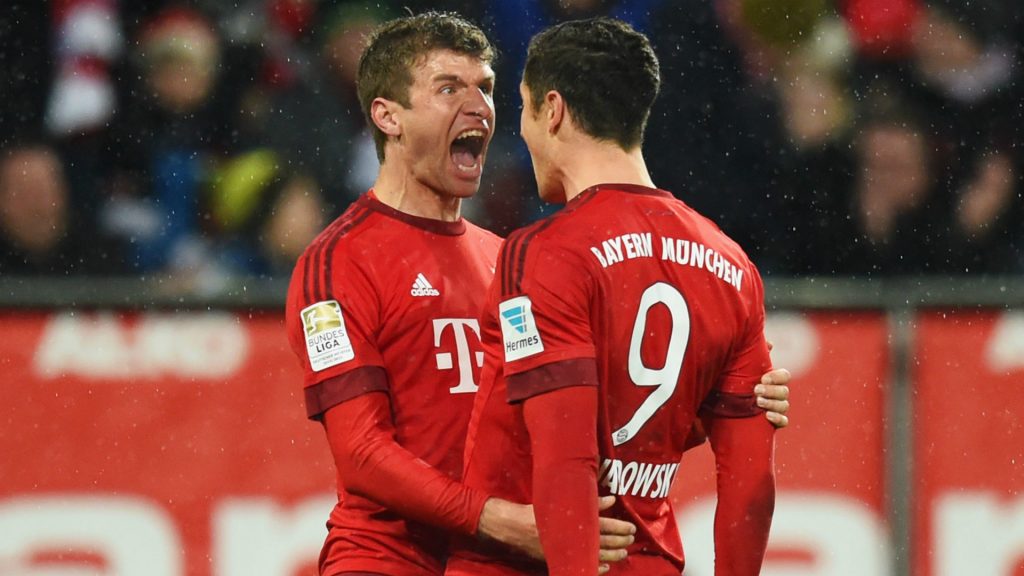
8. Off-the-Ball Movement
While flashy moves and goals attract attention, many scouts value what a player does without the ball even more. This includes:
- Intelligent positioning to receive a pass
- Making runs to open space or distract defenders
- Pressing and tracking back to help the team
Liverpool’s scouting model under Jürgen Klopp has a strong focus on players who can perform both offensively and defensively. Pressing starts from the front, so strikers and wingers need to understand defensive movement too.
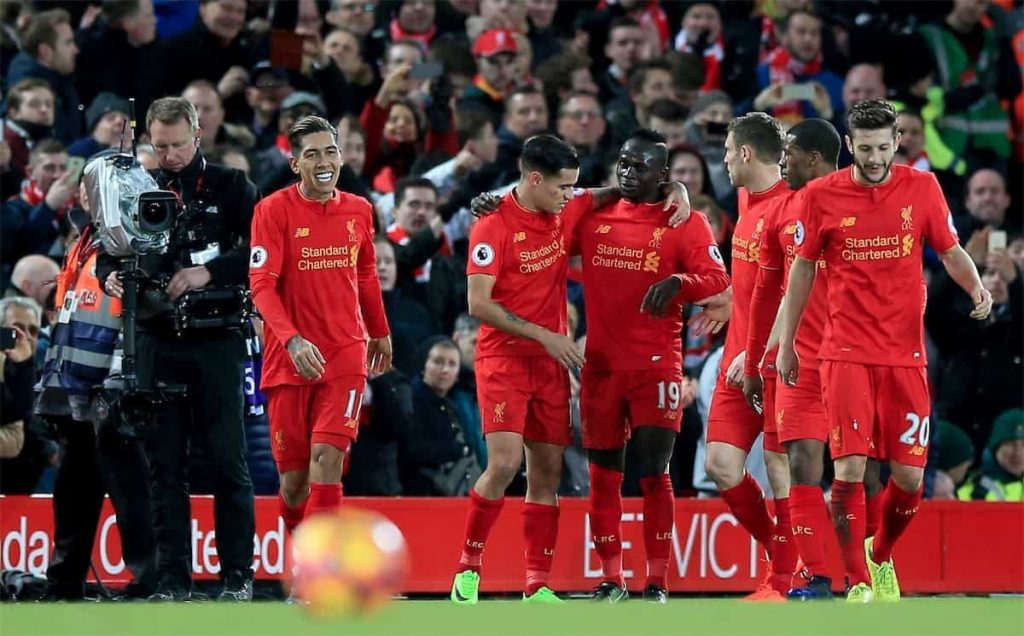
9. Game Impact
Some players just have that special spark—the ability to change a game. Scouts observe if a player:
- Can carry the ball with purpose
- Makes key passes or initiates attacks
- Shows confidence in tough moments
Even at youth levels, these players stand out. For instance, Jude Bellingham, when scouted by Birmingham and later Borussia Dortmund, showed maturity and game influence far beyond his age.
10. Growth Potential
Lastly, scouts try to estimate what a player is going to be able to become. Some 14-year-olds may never look like stars, but in ideal conditions, many can grow into them. Scouts evaluate:
- The room for further physical development
- The rate of learning
- Family background and support system
At RB Leipzig, players are chosen for their upward potential, not necessarily for current ability. Those who are steadily improving are favored over early bloomers that have already plateaued.
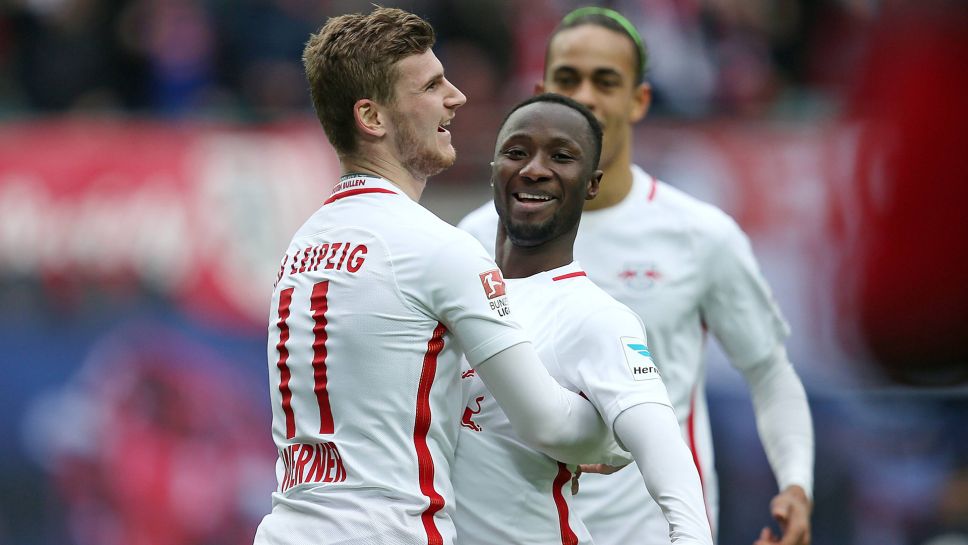
The Full Package Matters
In short, scouts look for more than highlight moments. They analyze skills, decision-making, attitude, athleticism, position-specific traits, and growth potential. Natural talent counts, but put simply, it is the mind that determines success – consistency, work ethic, coachability. Across all of the world’s major academies, a clear pattern arises: future stars get it – they are intelligent, focused, and self-driven.
An aspiring young footballer has to know what scouts look for. The second part is to be able to demonstrate it – every training session, every match, every single moment.
